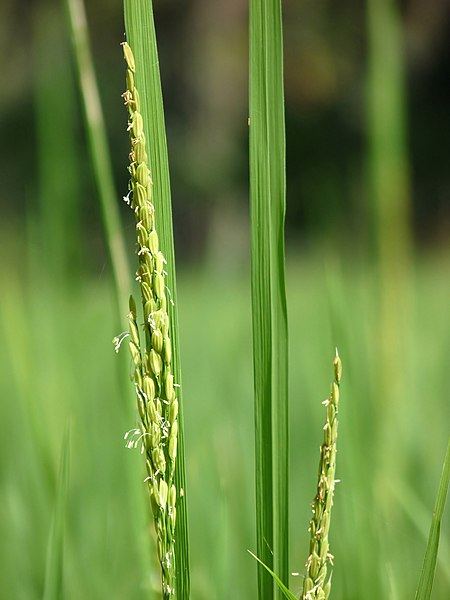Fail:Oryza sativa at Kadavoor.jpg

Ginayo kointalangan diti: 450 × 600 piksel resolusi suai: 180 × 240 piksel | 360 × 480 piksel | 576 × 768 piksel | 768 × 1,024 piksel | 1,536 × 2,048 piksel | 2,736 × 3,648 piksel.
Fail sandad (2,736 × 3,648 pipisil, sais pail: 2.63 MB, nuludan MIME: image/jpeg)
Sajara fail
Todoso id kalindo / maso do mongintong di upa dilo fail ontok di timpu nokomoi.
| Tadauwulan/Maso | Sinondulu | Ginayo | Moomomoguno | Komi | |
|---|---|---|---|---|---|
| timpu diti | 18:11, 18 Milatok 2014 |  | 2,736 × 3,648 (2.63 MB) | Jkadavoor | {{User:Jkadavoor/spec |Taxon=Oryza sativa |Authority= |Description={{mld |en = ''{{w|Oryza sativa}}'', commonly known as Asian rice, is the plant species most commonly referred to in English as rice. ''Oryza sativa'' is the [[:en:Cereal|ce... |
Pomogunaan do fail
Iti kiharo bolikon poingoput id pail diti:
Pomogunaan fail sompomogunan
Fail diti ginuna do wiki suai:
- Kopomogunaan id az.wikipedia.org
- Kopomogunaan id bn.wikipedia.org
- Kopomogunaan id ceb.wikipedia.org
- Kopomogunaan id en.wikipedia.org
- Kopomogunaan id iba.wikipedia.org
- Kopomogunaan id ilo.wikipedia.org
- Kopomogunaan id incubator.wikimedia.org
- Kopomogunaan id mk.wikipedia.org
- Kopomogunaan id my.wikipedia.org
- Kopomogunaan id ne.wikipedia.org
- Kopomogunaan id si.wikipedia.org
- Kopomogunaan id sr.wikipedia.org



